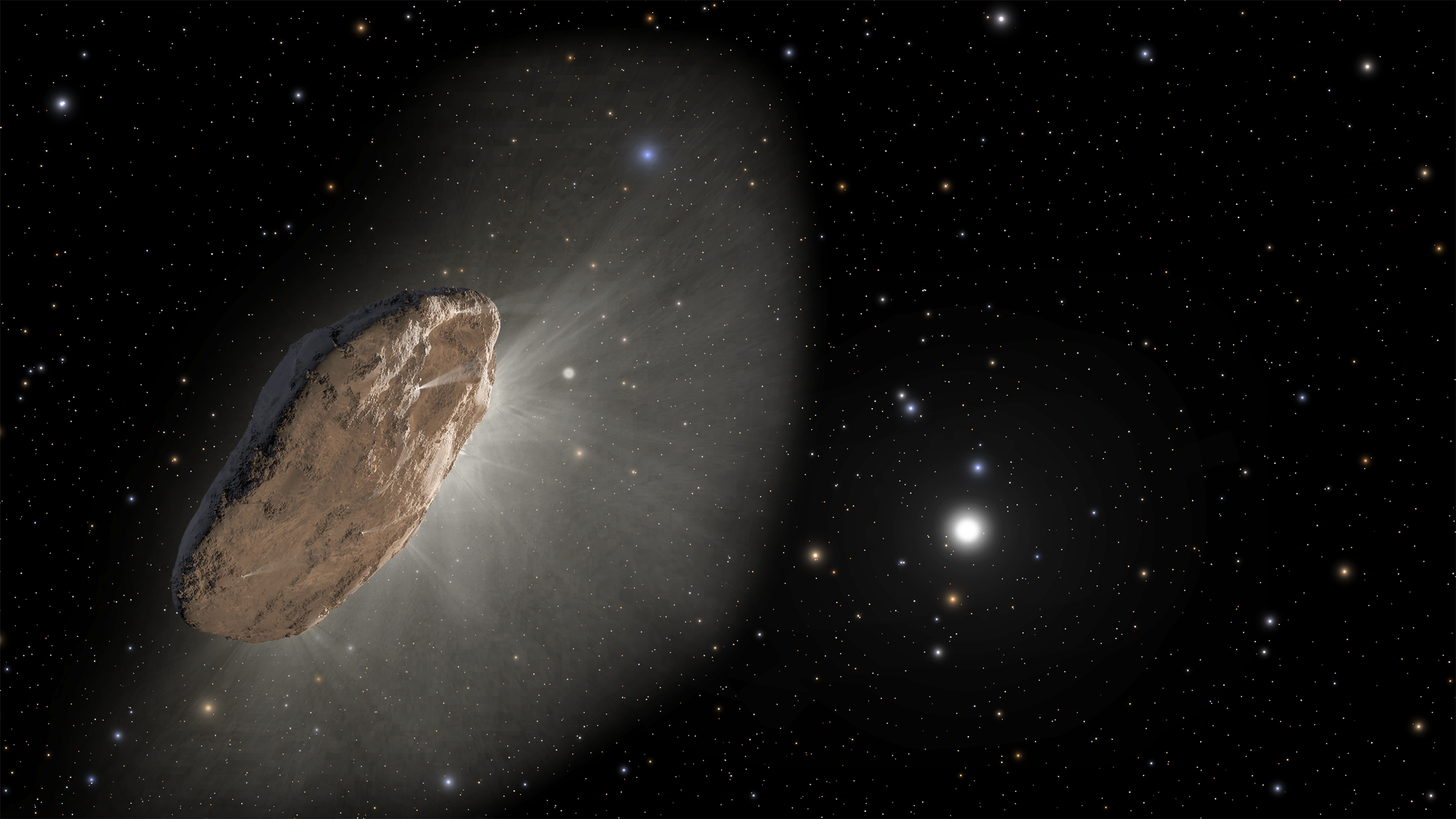After this also happened to Oumuamua, the body was constantly exposed to cosmic rays during its journey through space, which lasted several million years. High-energy particles can penetrate deep into the material and there separate water molecules from their oxygen atoms. The molecular hydrogen is then trapped in a mixture of water and ice.
As ‘Oumuamua got closer to our sun, the structure of the ice changed. The hydrogen vaporized into space, creating a rebound effect that translated into additional acceleration. Terrestrial astronomers have not observed any hydrogen near Oumuamua. However, Bergner and Seligman’s model only needs small quantities to explain the acceleration—too small to see with ground-based telescopes.
The question remains why such behavior has not already been observed in other comets. The researchers also have an explanation for this: “Oumuamua is a very small body compared to known comets from the solar system, which are usually a few kilometers in size. Since the described “hydrogen thrust” is a surface effect, the larger the body, the smaller it is.

“Total coffee aficionado. Travel buff. Music ninja. Bacon nerd. Beeraholic.”








More Stories
Coral Seeding: Artificial Insemination Makes Coral More Heat Tolerant
Fear, Anger, and Denial: How People Respond to Climate Change – Research
LKH Graz: Using radiation to combat heart arrhythmias